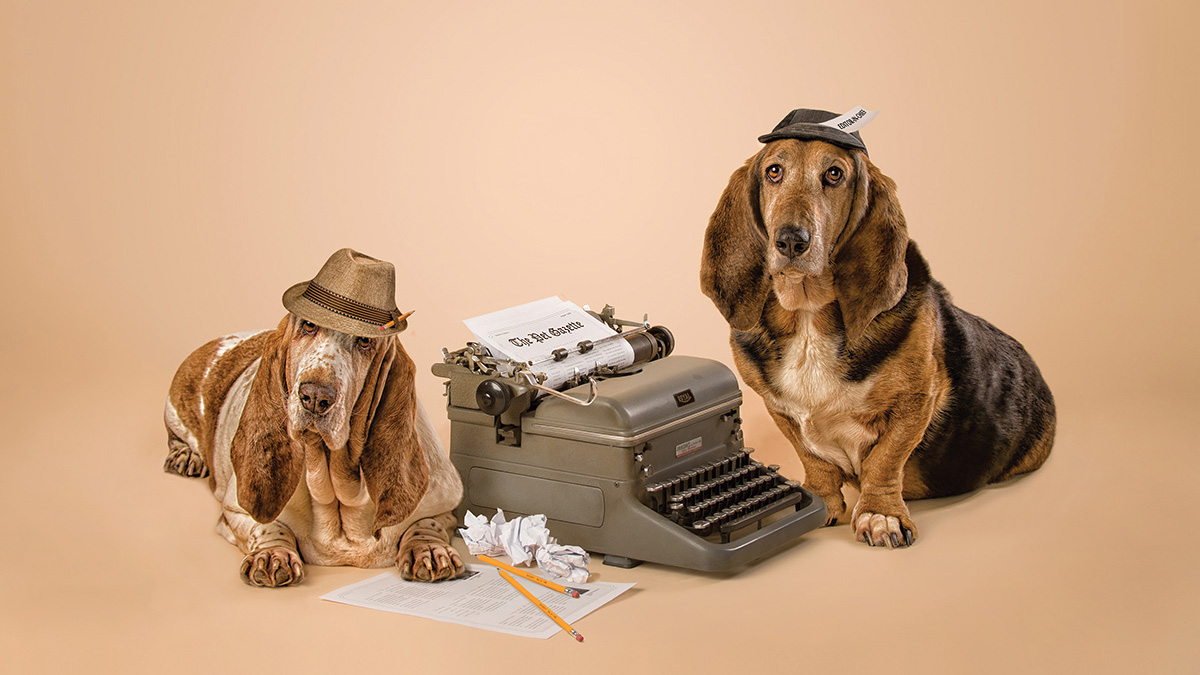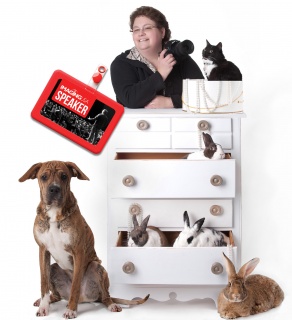5 pet photography tips
Pet photographer Angela Lawson's tips on pet photography.
• November 2017 issue
Angela Lawson, Cr.Photog., CPP, is a veteran when it comes to photographing animals. She’ll present three hands-on demo sessions at Imaging USA 2018 in Nashville, Tennessee, in January. She offers the following tips for successful pet photography:
Always do a pre-consultation with owner and pet. Lawson begins her pre-session consultation by talking to the client about their session goals—wall portraits or album, one pet or multiple pets? After about 15 minutes, she shifts her focus to the pet, allowing it to wander her studio, investigating the equipment. While the animal wanders, she uses a remote trigger to set off the flash so the pet gets used to that sight and sound. Then she sits down on the floor to play with the pet.
Make sure the dog can sit. It’s difficult to do a successful session with a dog that won’t sit on command, so if a client’s dog doesn’t know the command, Lawson takes five minutes out of the consultation to teach it to the dog. She also instructs the client on how to work with the dog so the pet can learn the command by session day.
Research the breed. For dog sessions, Lawson asks ahead of time what breed it is, then researches its temperament. For example, huskies like to run, she says, so she locks the front door of her studio as soon as the dog enters, knowing that a husky is big enough and energetic enough to push the door open and dart out. Knowing these types of behaviors is important for the safety and success of the session. It’s also good customer service. “When you can talk with the client and be knowledgeable, they feel comfortable,” she says. “They feel like you’ve invested time into understanding their pet and their pet’s needs.”
Read up on animal body language. Though Lawson photographs many dogs, she also makes portraits of other animals, including cats, ferrets, and reptiles. Before a session with a particular species or breed, she educates herself on its body language, learning the posturing that could indicate a pet is uncomfortable, afraid, or turning aggressive. She also looks into what stressors might agitate the animal.
Stay educated. Lawson once worked as a vet tech, so she draws on that experience. But she refreshes her knowledge continually by volunteering at the local humane society, taking her own pets to obedience training, and reading up on animal behavior.
Amanda Arnold is associate editor of Professional Photographer.
Tags: pet photography



 View Gallery
View Gallery
